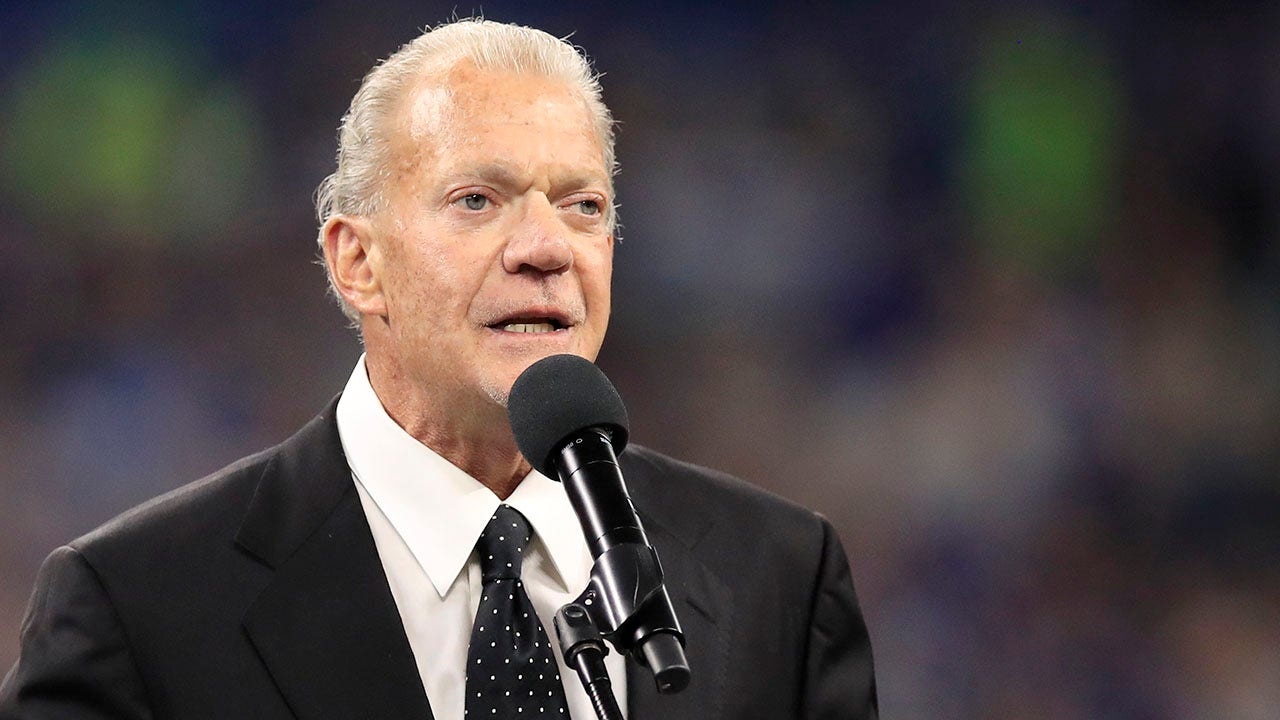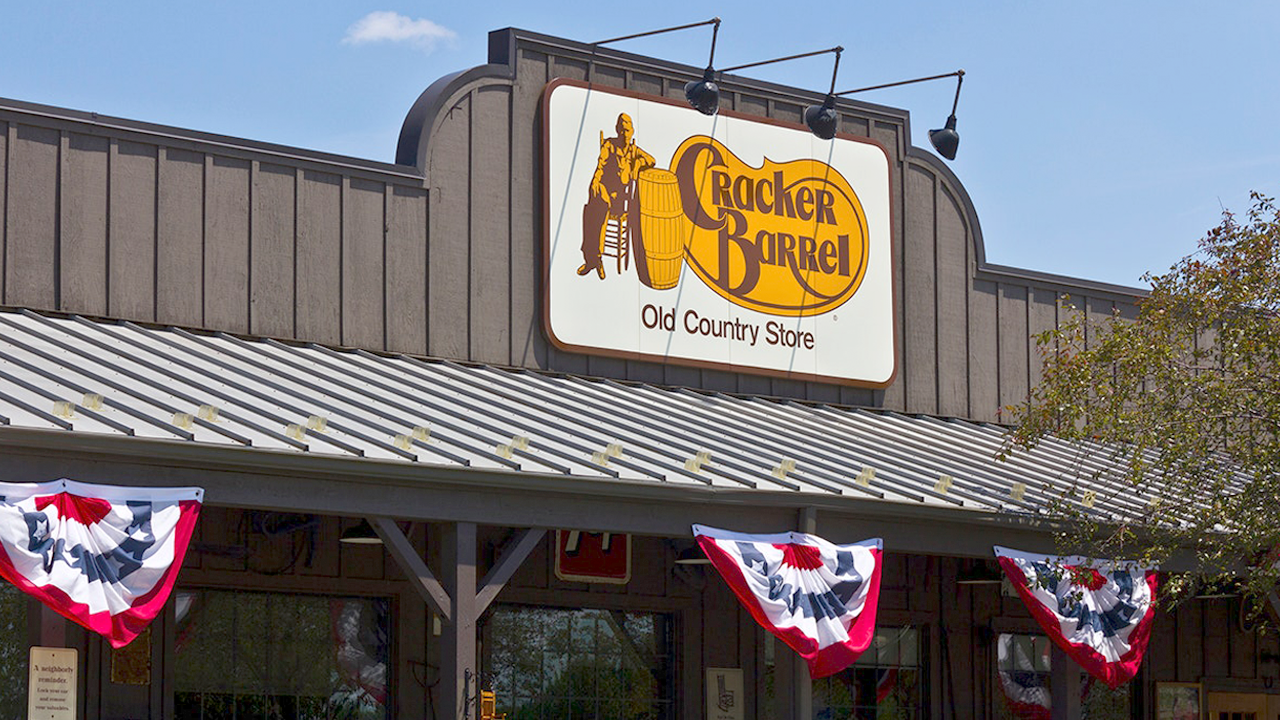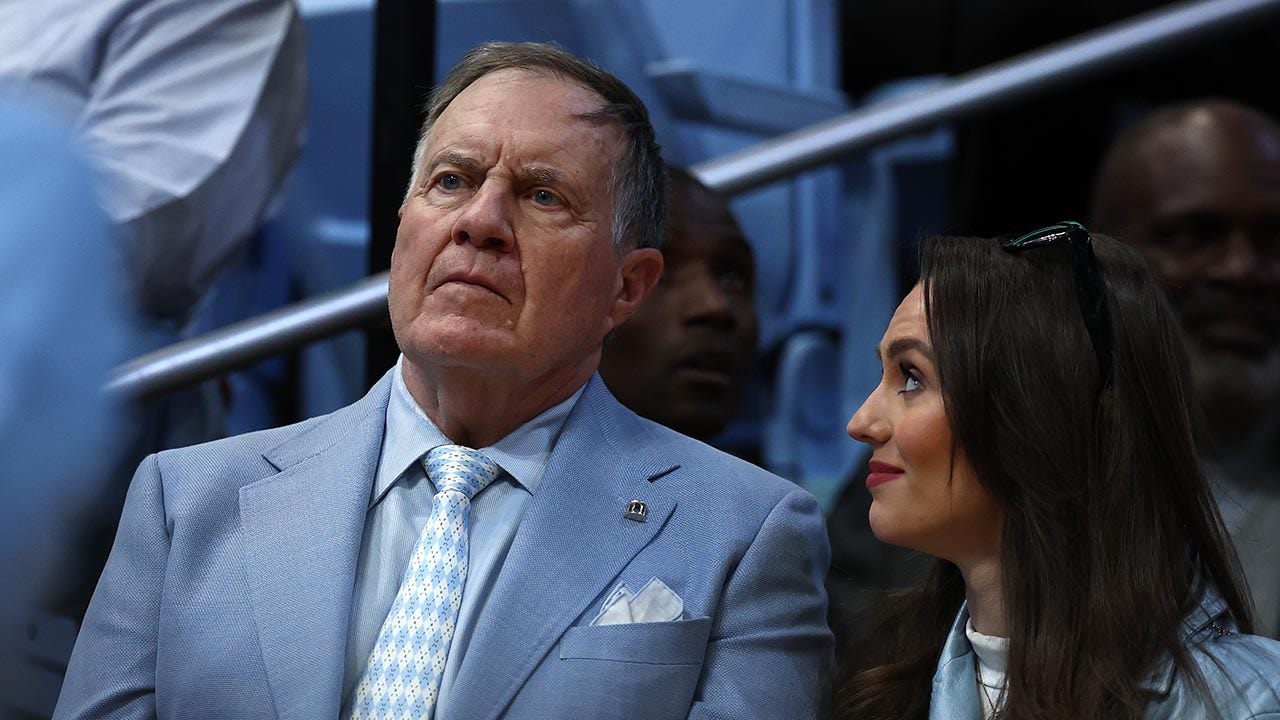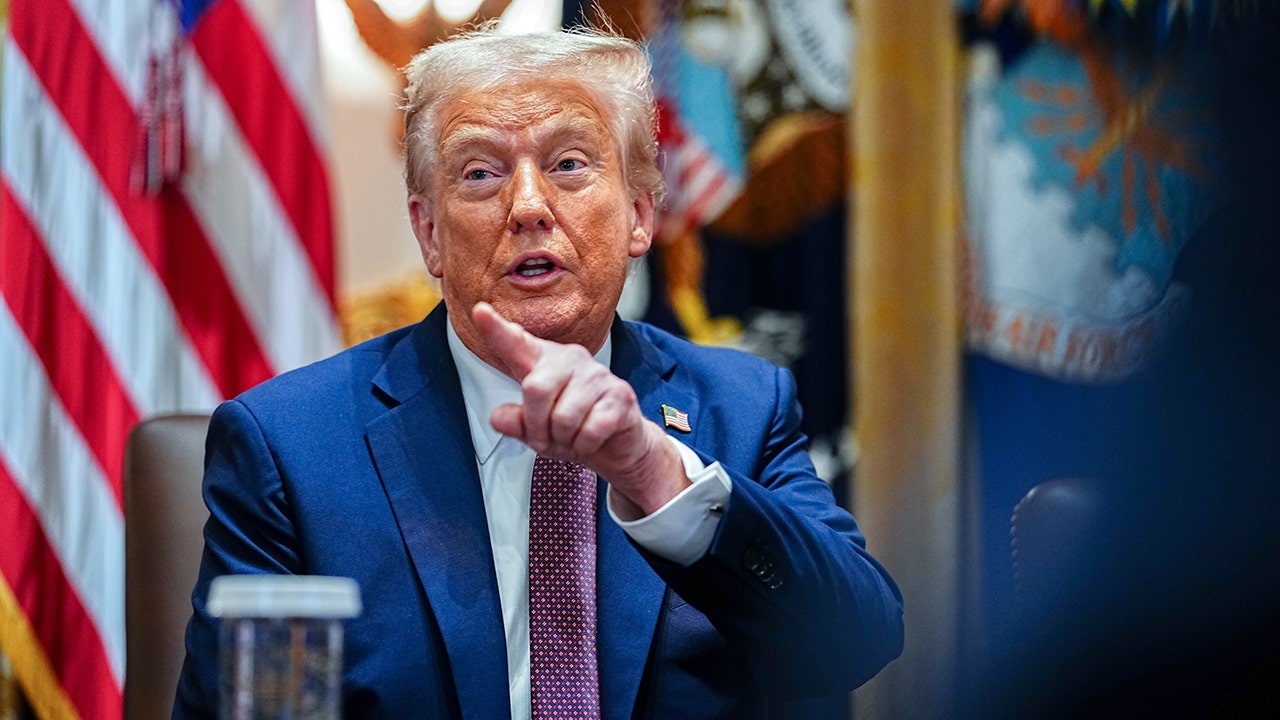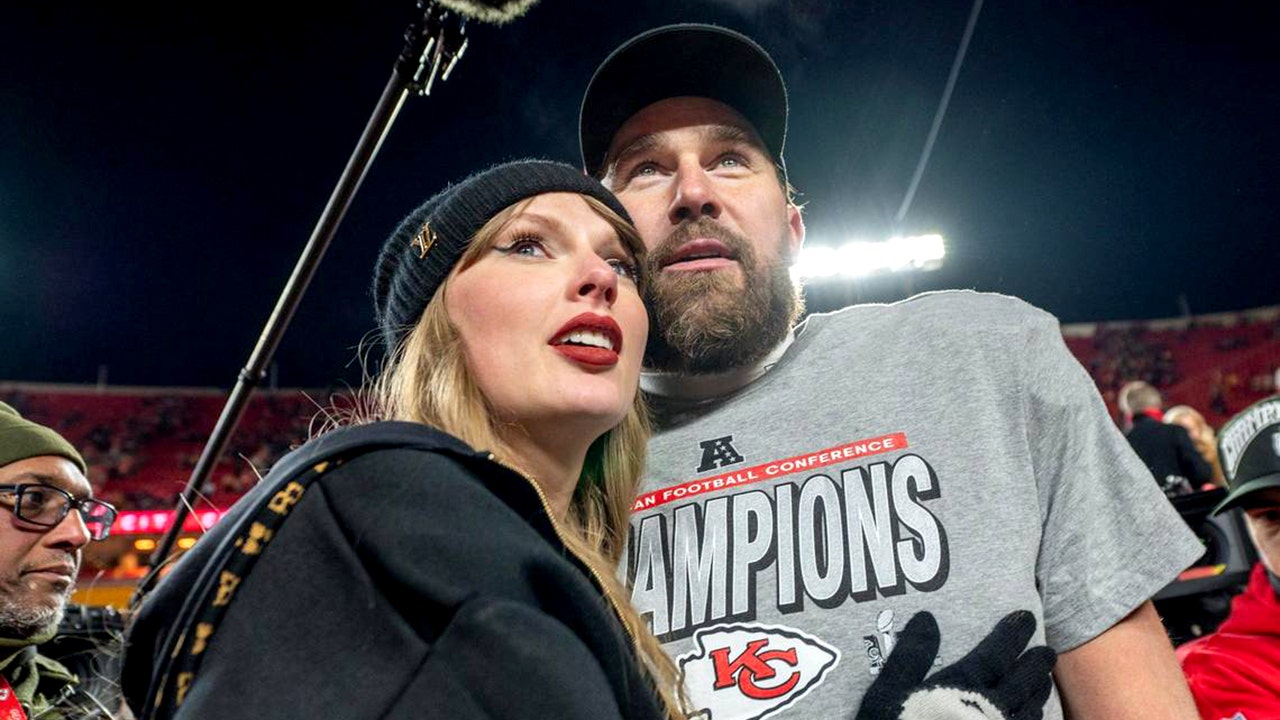The J.M. Smucker Co. joined a growing list of food giants that are pledging to eliminate FD&C artificial dyes from its products within the next two years, aligning with the Trump administration’s goals of removing artificial colors from the nation’s food supply.
Smucker’s said this commitment, announced Friday, will affect its sugar-free fruit spreads and ice cream toppings as well as certain products from its Hostess brand portfolio. The company also said it’s working with its distribution partners to no longer sell products with FD&C colors to K-12 schools by the 2026 – 2027 school year.
Smucker’s, whose family of brands includes Folgers, Dunkin’, Café Bustelo, Jif, Uncrustables, Smucker’s and Hostess, said most of its consumer foods are already free of FD&C colors, including a majority of its products currently available to K-12 schools.
KRAFT HEINZ REMOVING ALL ARTIFICIAL DYES FROM US PRODUCTS BY END OF 2027
The company has previously removed high-fructose corn syrup from its Uncrustables sandwiches and introduced fruit spreads featuring ingredients from all natural sources as well as reduced sugar options.
“Our commitment to remove FD&C colors from our sugar-free fruit spreads, ice cream toppings, and sweet baked goods products represents the latest example of our desire to evolve and our ability to continue to innovate to deliver on the expectations of our consumers,” J.M. Smucker CEO Mark Smucker said.
The artifical dyes are known as FD&C colors and labeled as such on packages because the color additive is approved by the FDA for use in food, drugs, and cosmetics. They are subject to a strict system of approval under the Federal Food, Drug, and Cosmetic Act (FD&C Act).
Last week, General Mills and Kraft Heinz issued their own commitments to remove all artificial dyes from their respective U.S. portfolios by the end of 2027.
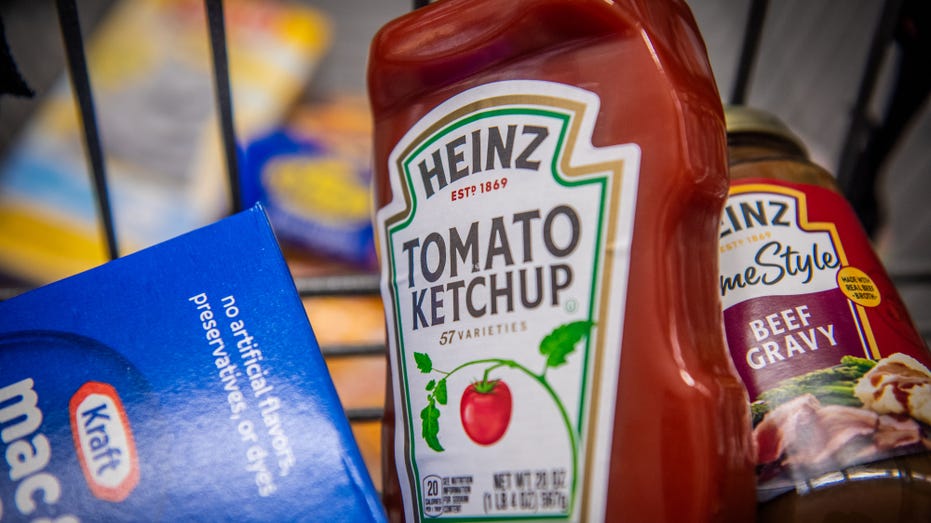
PepsiCo CEO Ramon Laguarta said during an April 24 conference call that the company will reduce artificial ingredients and has already begun doing so, while McCormick, which manufactures and distributes spices, seasoning mixes, condiments and other flavoring products, told analysts during its earnings call in March that it has been working with restaurants and foodmakers to reformulate products to remove certain ingredients like food dyes.
Earlier this year, the Food and Drug Administration (FDA) announced plans to launch a stronger review process for food chemicals already on the market to ensure the nation’s food supply is more transparent and ensure the safety of chemicals in food.
FDA BANS ARTIFICIAL RED DYE: WHAT THIS MEANS FOR CONSUMERS
Health and Human Services Secretary Robert F. Kennedy Jr. previously said that “some food producers have been feeding Americans petroleum-based chemicals without their knowledge or consent” for too long. He also claimed that these “poisonous compounds offer no nutritional benefit and pose real, measurable dangers to our children’s health and development.”
Kennedy and the FDA announced in April a series of new measures to phase out all petroleum-based synthetic dyes from the nation’s food supply. Kennedy noted that this effort would need voluntary support from food manufacturers, but that the “industry has voluntarily agreed” to do so.

The FDA has approved seven certified color additives for use in food, six of which were approved by 1931. Now, it’s working with the industry to eliminate FD&C Green No. 3, FD&C Red No. 40, FD&C Yellow No. 5, FD&C Yellow No. 6, FD&C Blue No. 1 and FD&C Blue No. 2 from the food supply by 2027.
The FDA in January revoked the authorization for the use of Red No. 3, also known as erythrosine, in food and ingested drugs over concerns that it has been shown to cause cancer in animals.


